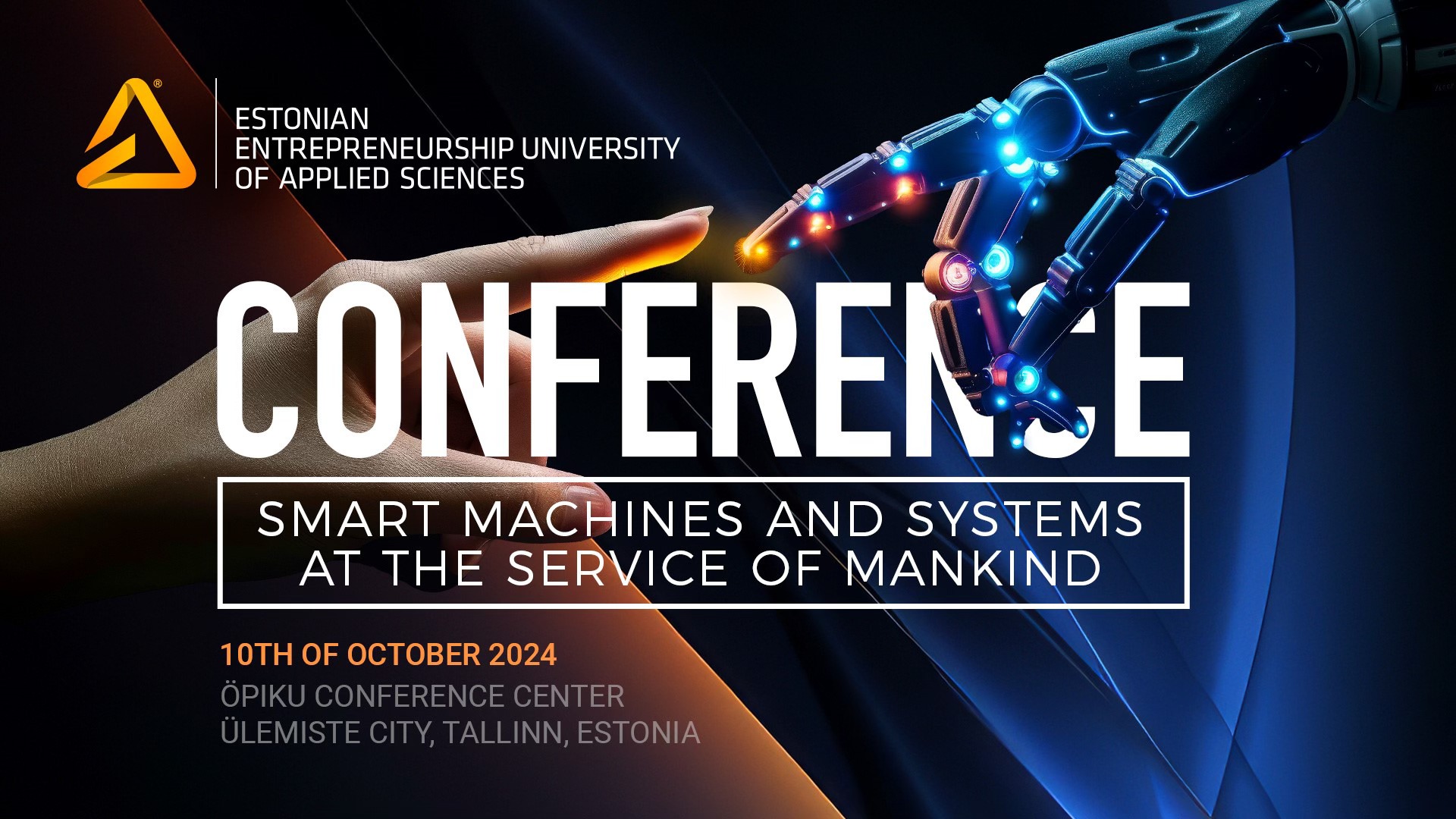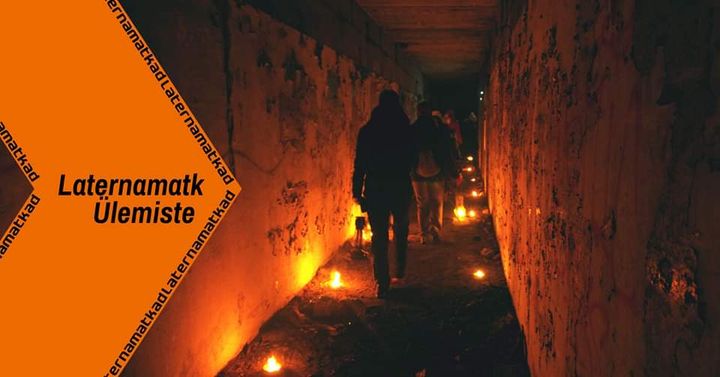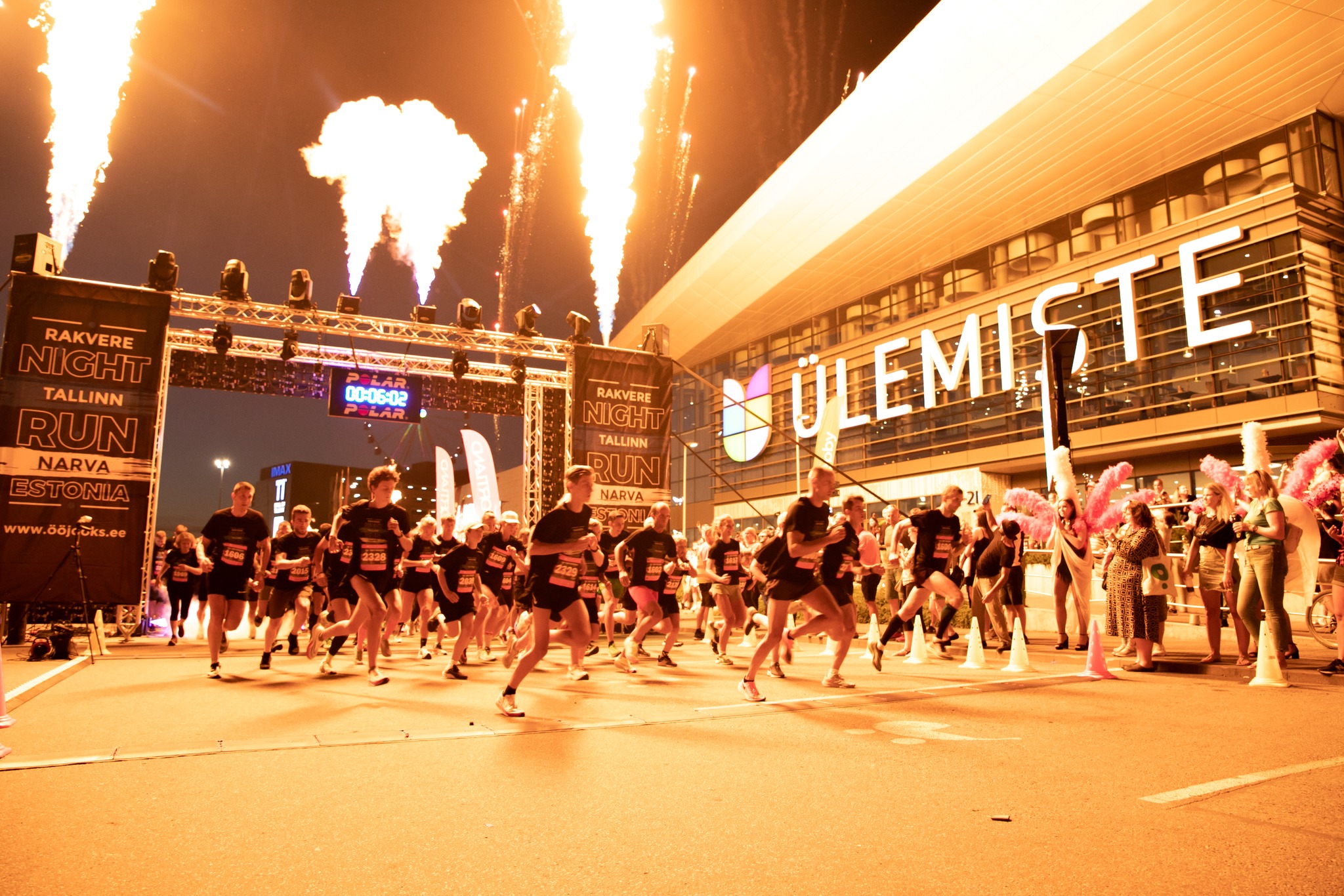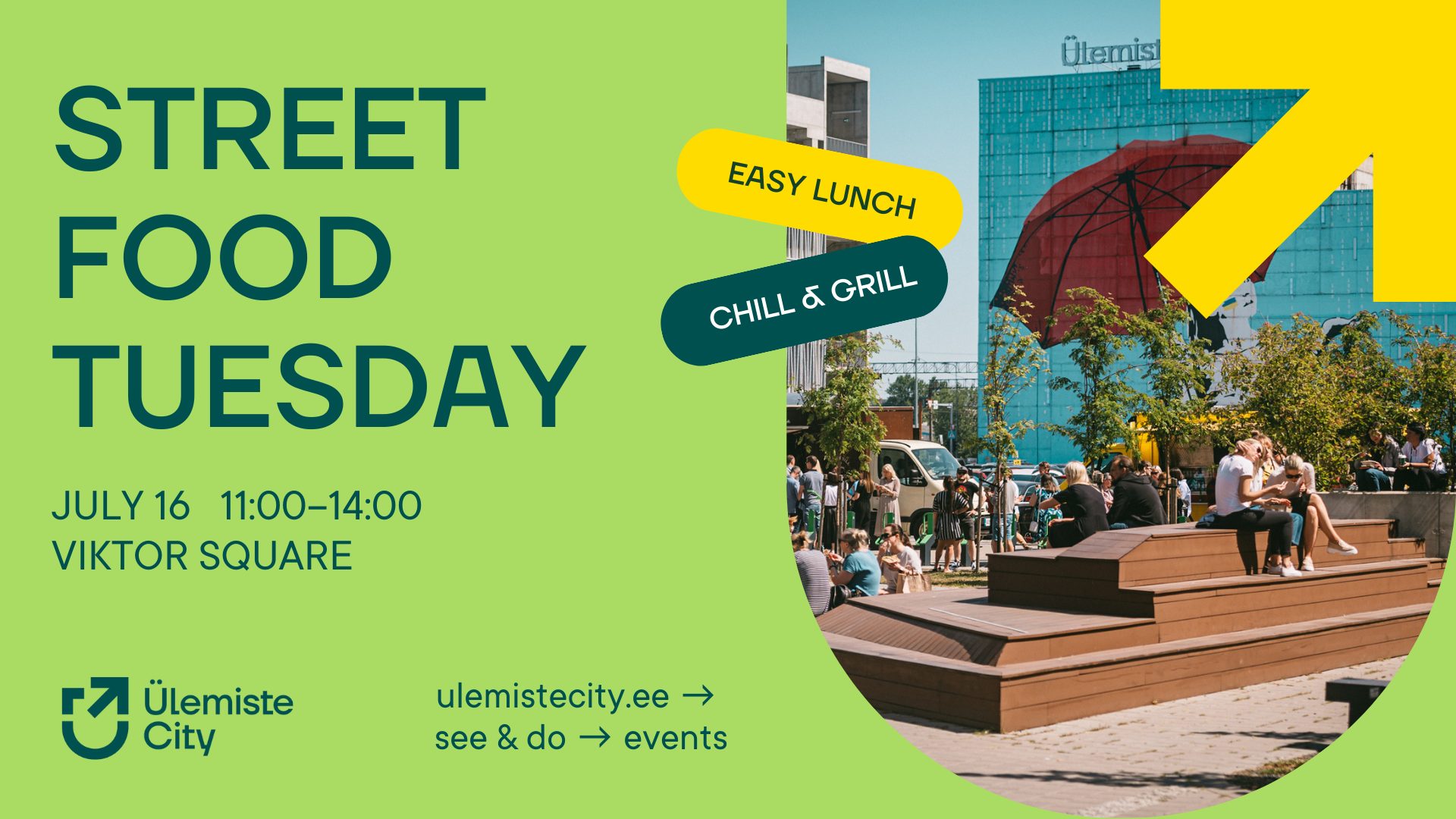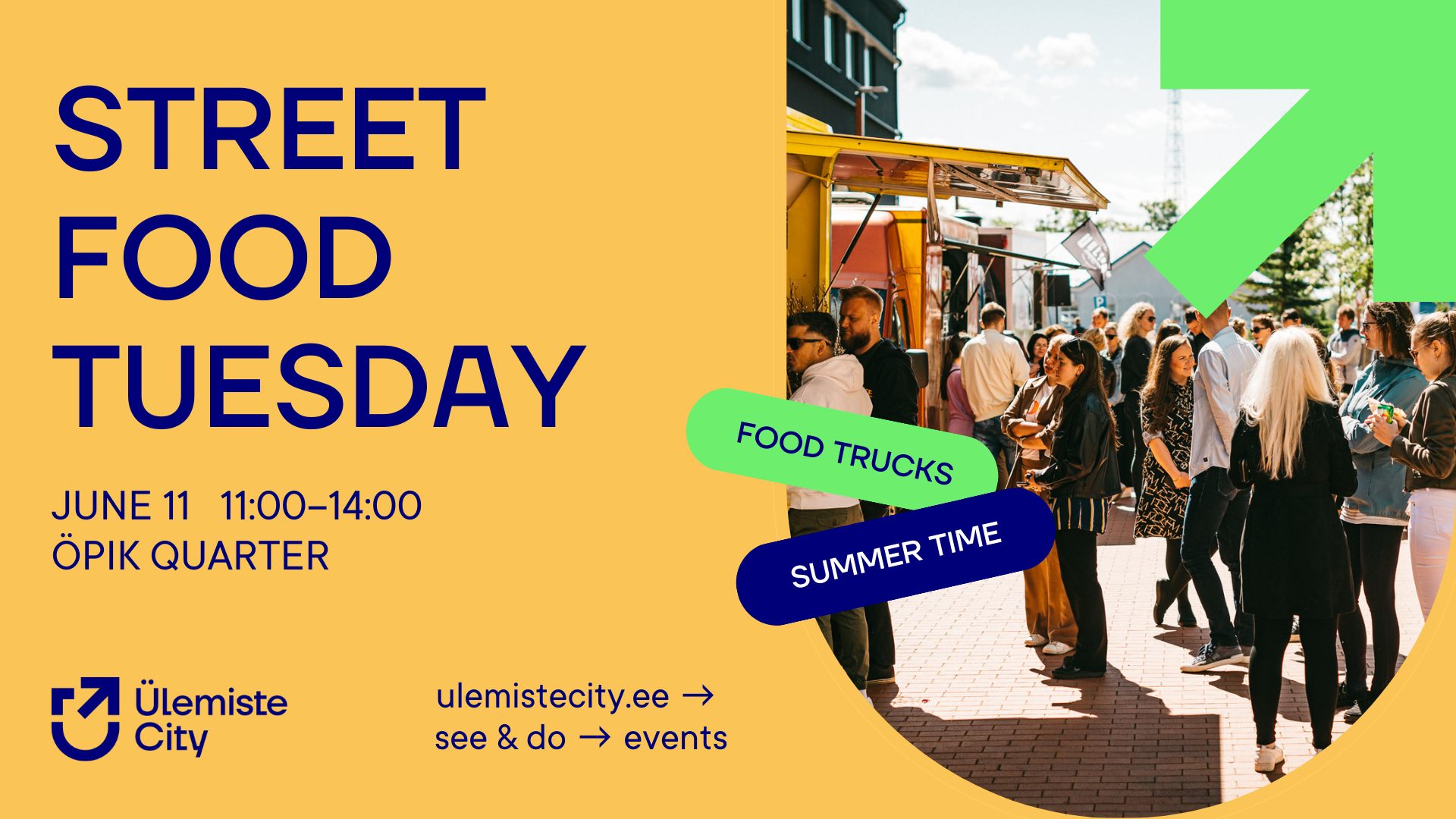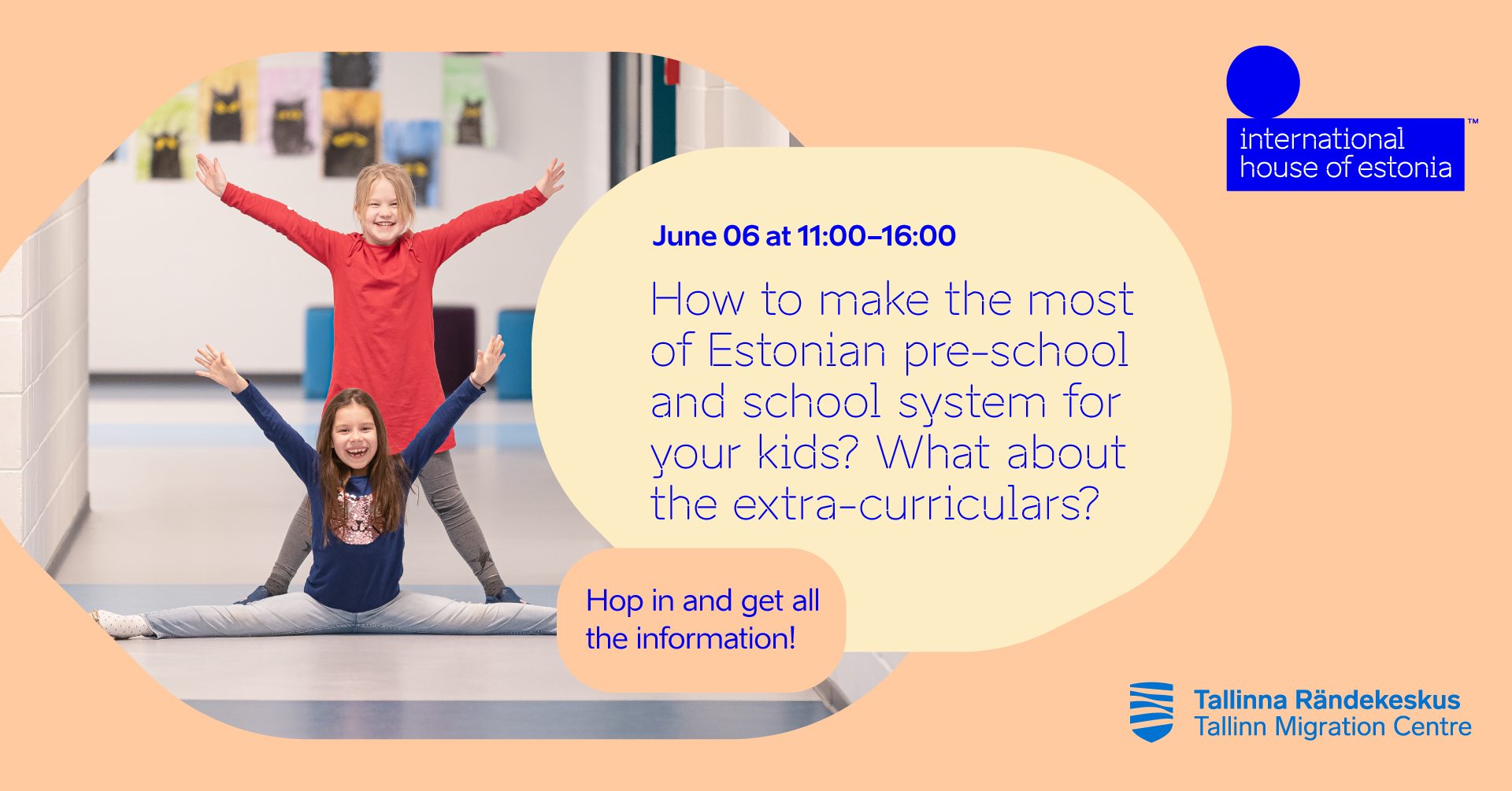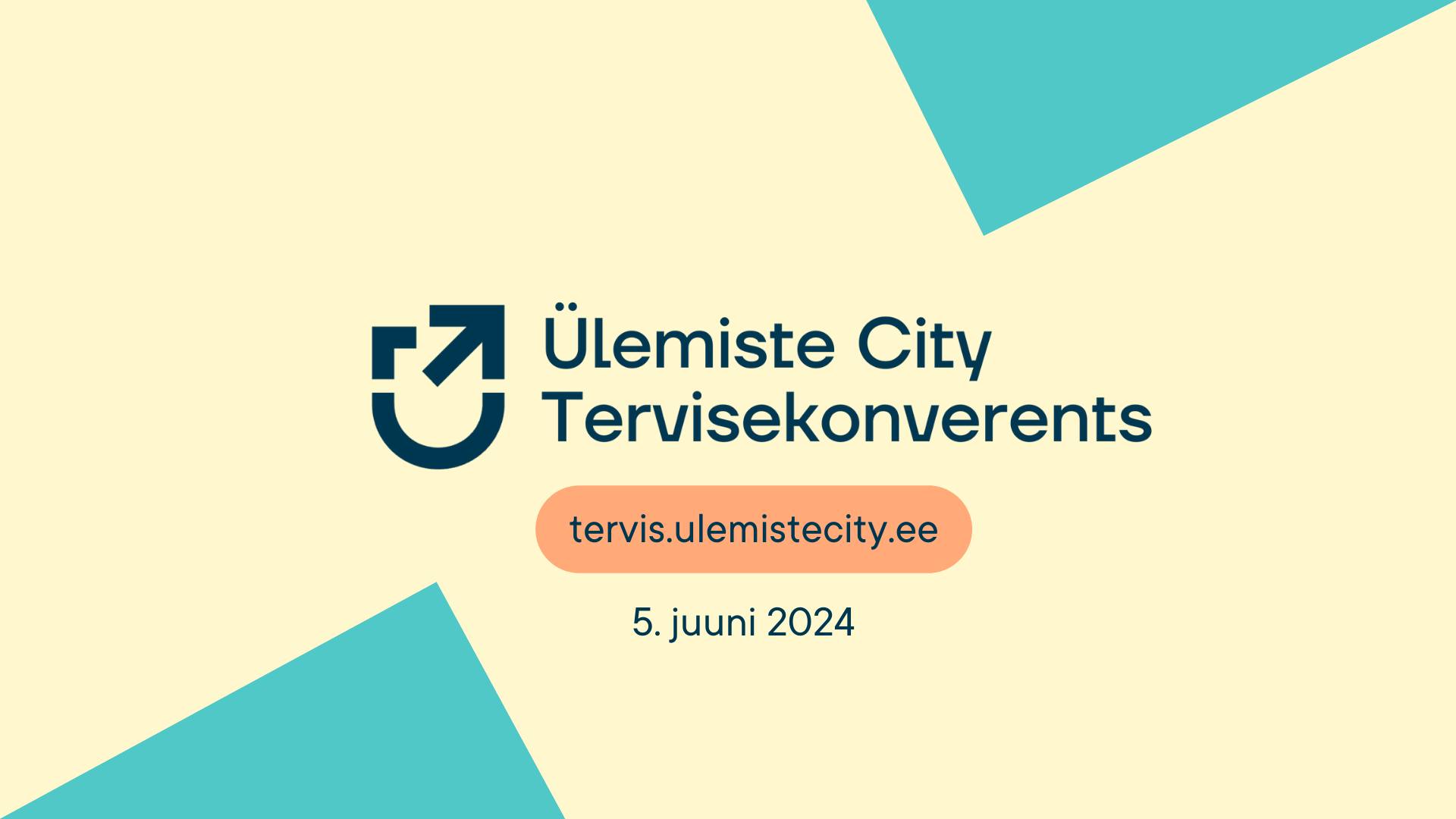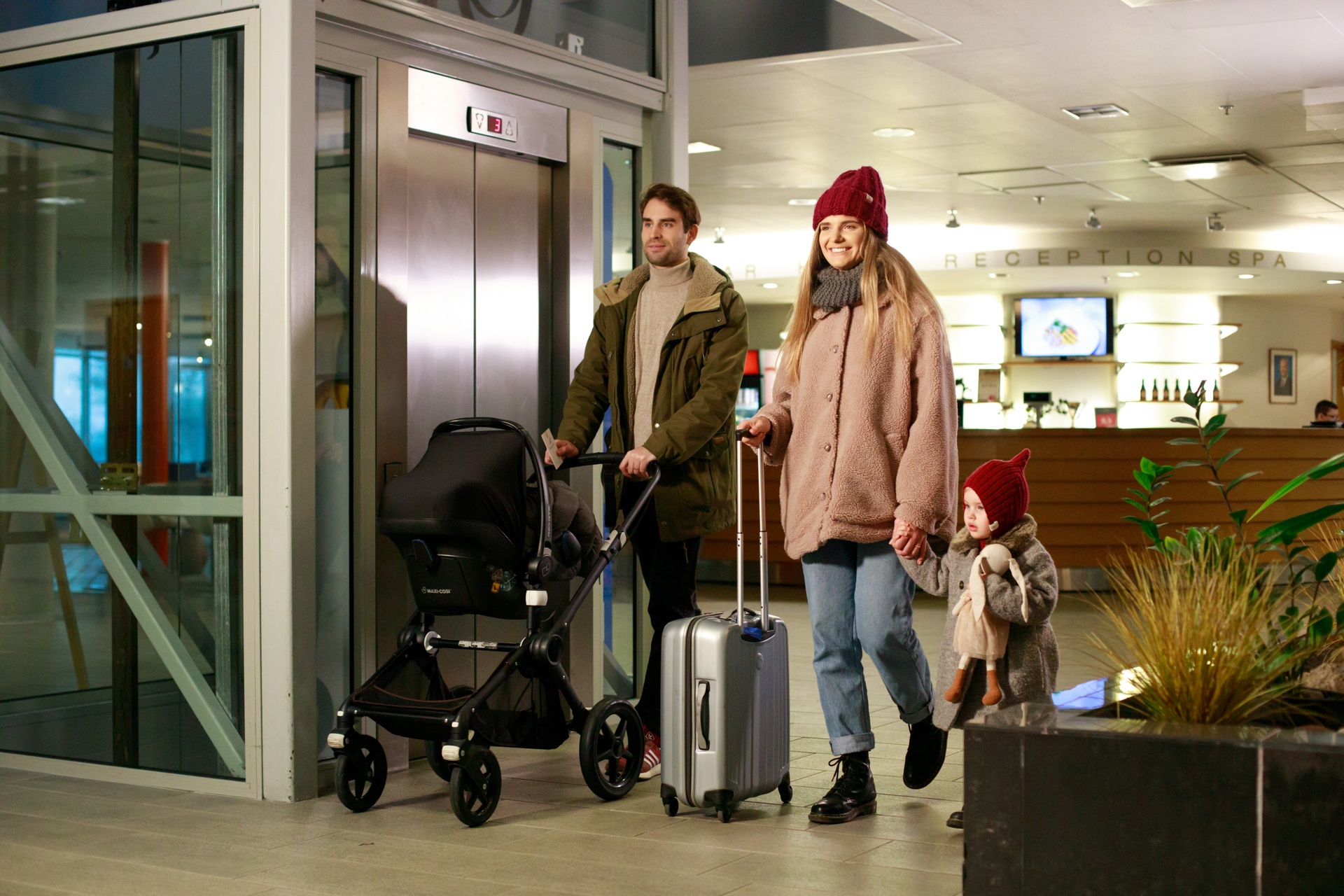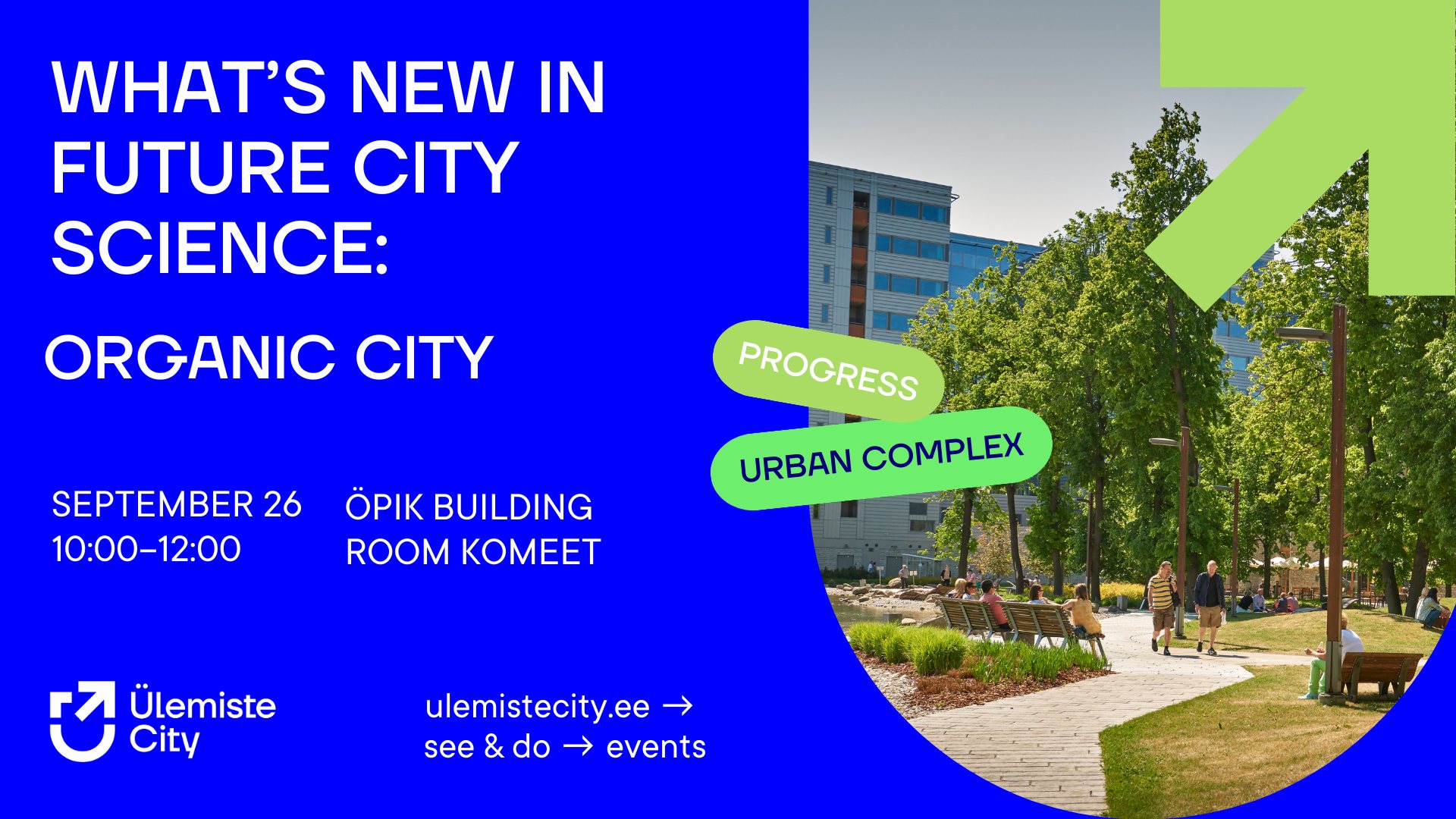
Together with our City of the Future Professorship team, we are again looking at the future of cities 🏢. This time, we will closely look how the different economic actors can contribute to the city economy and vitality. Join us for an exciting overview of the results of research and developments presented by the Future City Professorship team and the City of Tallinn.
The seminar will take place in Ülemiste City, Öpik building (2nd floor, room Komeet) and will be in English. To participate, please register here: https://shorturl.at/cvMPV
Seminar is free of charge for everyone.
🌍 Overly simplistic metaphors from nature have been common in city planning for a hundred year but have been commonly criticized. However, in recent decades, we have embraced thought models from natural sciences that reflect the urban complex dynamics between patterns and processes instead of urban forms alone, such as ecosystems, networks, and self-organization. The viability of systems emerges from self-organization in the framework of limitations, in cities, including regulation. Similarly to all systems in nature, for urban vitality, factors enabling preferred autonomous progress are essential and need to be recognized and encouraged.
Programme:
➡️ 10.00–10.25 Urban self-organization as a principle of order
Cities are systems that organize autonomously from bottom up from myriads of human piecemeal decisions and plans. Cities can hence be considered organic on the level of processes and emerging patterns. Self-organization is a mechanism according to which order is gained from internal premises of the organic city-systems. Interestingly, self-organization is (likely) universal phenomenon, from ecosystems and particles to societies, economics and cities. Essential for planning is to provide appropriate frames for self-organization, instead of strict control from top down
Jenni Partanen (Professor of Future City in TalTech, Dr, Architect)
➡️ 10.25–10.50 Urban vitality in Tallinn – results and implications
A city is a complex system consisting of interactions between transport, land use, the environment, and the population at various scales. Despite this complexity in cities, using big data on human activity patterns, the dynamic temporary patterns in the activity landscape can be discovered to enhance urban areas’ vitality and understand the choreographies of people’s behaviours beyond the physical environment. We explored the activity landscape and identified indicators of urban life in Tallinn, Estonia, using multi-sourced indexes to interpret this formation of urban vitality.
Kofoworola Modupe Osunkoya (PhD Student of Urban Studies at TalTech)
➡️ 10.50–11.15 Biodiversity in Tallinn – blossoming by chance, withering by chance?
Tallinn city has once been founded in the oasis of different habitats and rich biodiversity. Recent comprehensive studies have shown that even today Tallinn can boast about its biodiversity that has remained in the green and blue areas all over the city. Tallinn is still rich in pollinators like bumblebees and butterflies, amphibians, reptiles, birds, bats and other mammals. However, the current biodiversity is mostly a result of a lucky chance and will diminish without plethora of actions. What does biodiversity need to keep flourishing in Tallinn?
Meelis Uustal (Tallinn Urban Environment and Public Works Department, Landscaping and environmental unit, Nature conservation leading specialist)
➡️ 11.15–11.45
Q&A, discussion with presenters. About next seminar and blog (prof. Jenni Partanen)
Info: Eneken Titov, AS Mainor, 5094723, Eneken.titov@mainor.ee
